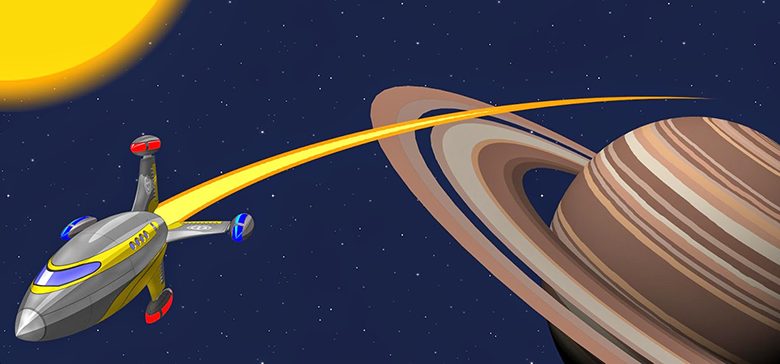
A brief history of time, space and disability
Have you ever considered inclusion as a journey or a mission? Did you ever combine inclusion with the topic of space travel? Well Disability Horizons contributor, Philip Connolly, has written on this and a whole lot more! Here’s his journey through time and equality.
Life is widely believed to have arisen from the accidental fusion of two nuclei, that gave rise to an advantage to the subsequent organism. It is even speculated that this was a single occurrence, resulting in a single unit of diversity that evolution subsequently favoured.
Now 4.6 billion years later that same evolutionary force has produced millions of species on our planet, and who can say that we are even at the end of that evolutionary web. Evolution produces ever greater diversity. Disabled people are certainly part of that diversity and their experience brings new perspectives on the human condition.
It also brings new resourcefulness in solving problems too. Resourcefulness developed from having to find new ways of doing things in response to impairments, that others have taken for granted.
Now when I look at the cosmos I see abundance; abundance of galaxies, stars and planets. I see an abundance of light. I also see an abundance of possibilities and chances that make our own existence both highly significant and highy insignificant at the same time.
The same logic applies to the fact that one in five people on our planet have a disability. It may matter little or it may count for something very significant, and both might be possible at the same time. I choose to see it as significant that on this so called “Goldilocks” planet, with its optimum distance from the sun for life to exist. It’s optimum air pressure for Oxygen to remain a gas. Or for water to remain as a liquid. That one in five people have a disability or long tern health condition.
Unlocking these people’s full contribution to the sum of our human endeavour requires us to see disabled people too as a source of abundancy. An abundancy of creativity, resourcefulness or simply new possibilities.
This approach in turn requires us to support our own efforts to network our community or communities. It requires us to support disabled people with the resources needed to move from surviving to thriving. It requires us to see the possibility that the rarer the condition or the more complex the required adaptation – the more reward there is for the whole of society when they get to make their full contribution.
New learning often comes from the fusion of disciplines. If astrophysics teaches us more about our own condition and existence, then its advances must surely teach us more about what it means to be disabled too. If we can solve problems such as what gives atoms mass. Or even photograph it in the Hadron Collider. Then we can solve problems at the micro level too. Such as how we build an economy that utilises the contribution that disabled people offer.
I hope the politicians reading this can shout yeah in response. President Kennedy achieved the challenge of putting a man on the moon within ten years of his famous speech. So I issue the challenge of us delivering an inclusive economy within ten years too.
Not just one astronaut on a mission, but every disabled person fulfilling their own mission.
By Philip Connolly
Get in touch by messaging us on Facebook, tweeting us @DHorizons, emailing us at editor@disabilityhorizons.com or leaving your comments below.
https://disabilityhorizonscom.onyx-sites.io/2017/05/be-inspired-by-disabled-photographer-alessandro-capoccetti/
https://disabilityhorizonscom.onyx-sites.io/2017/04/10-awesome-disability-related-videos-youtube/